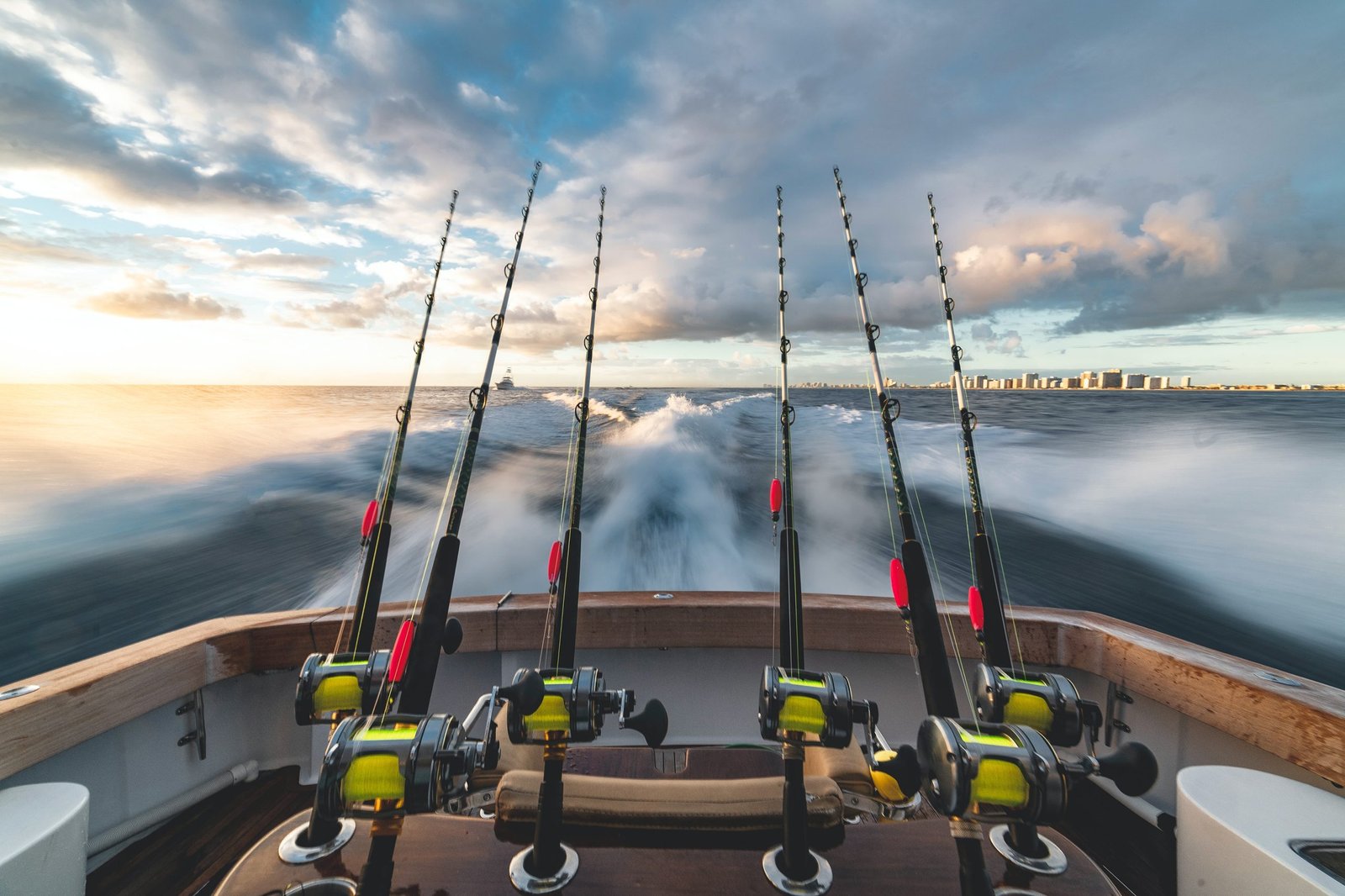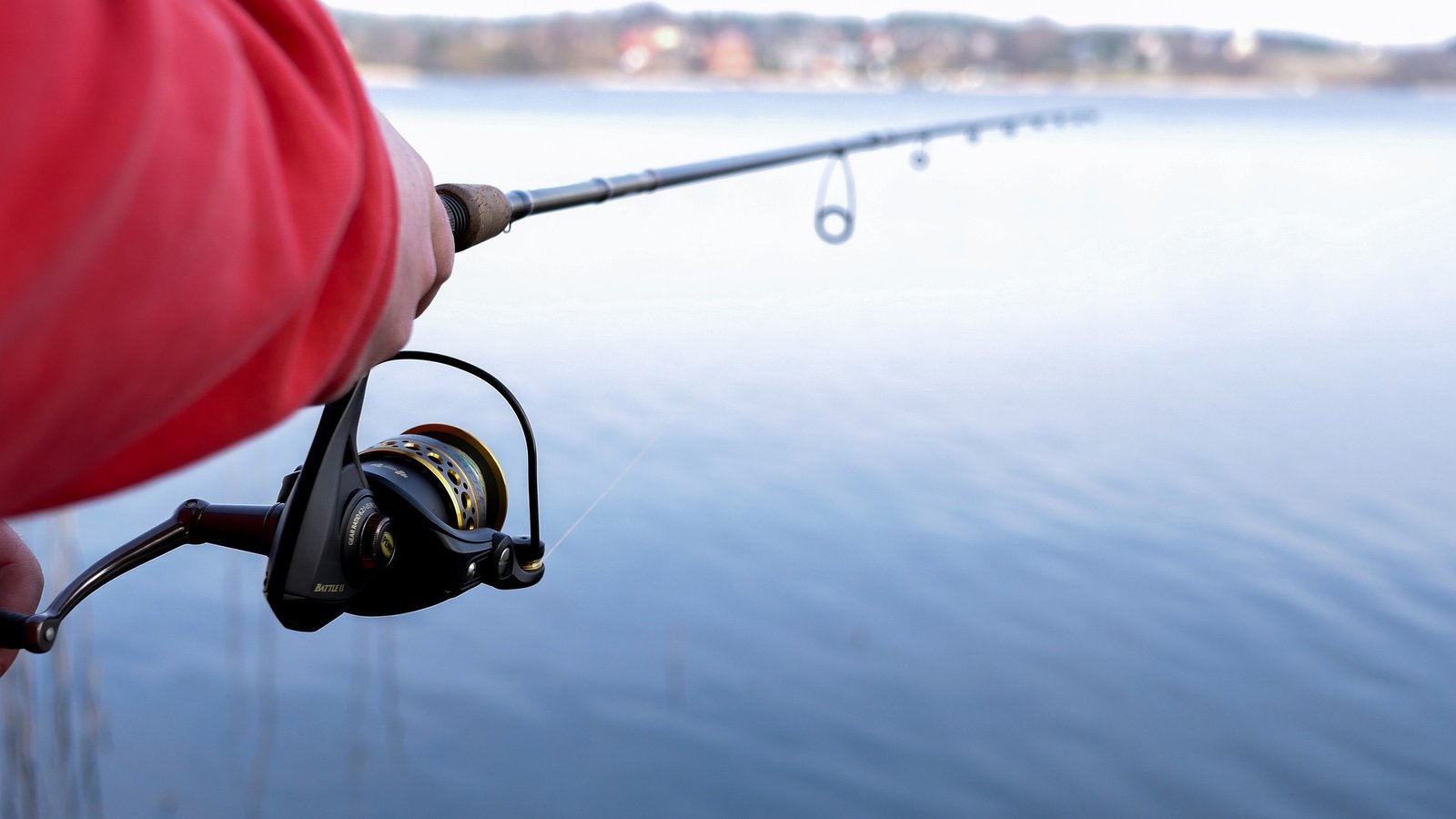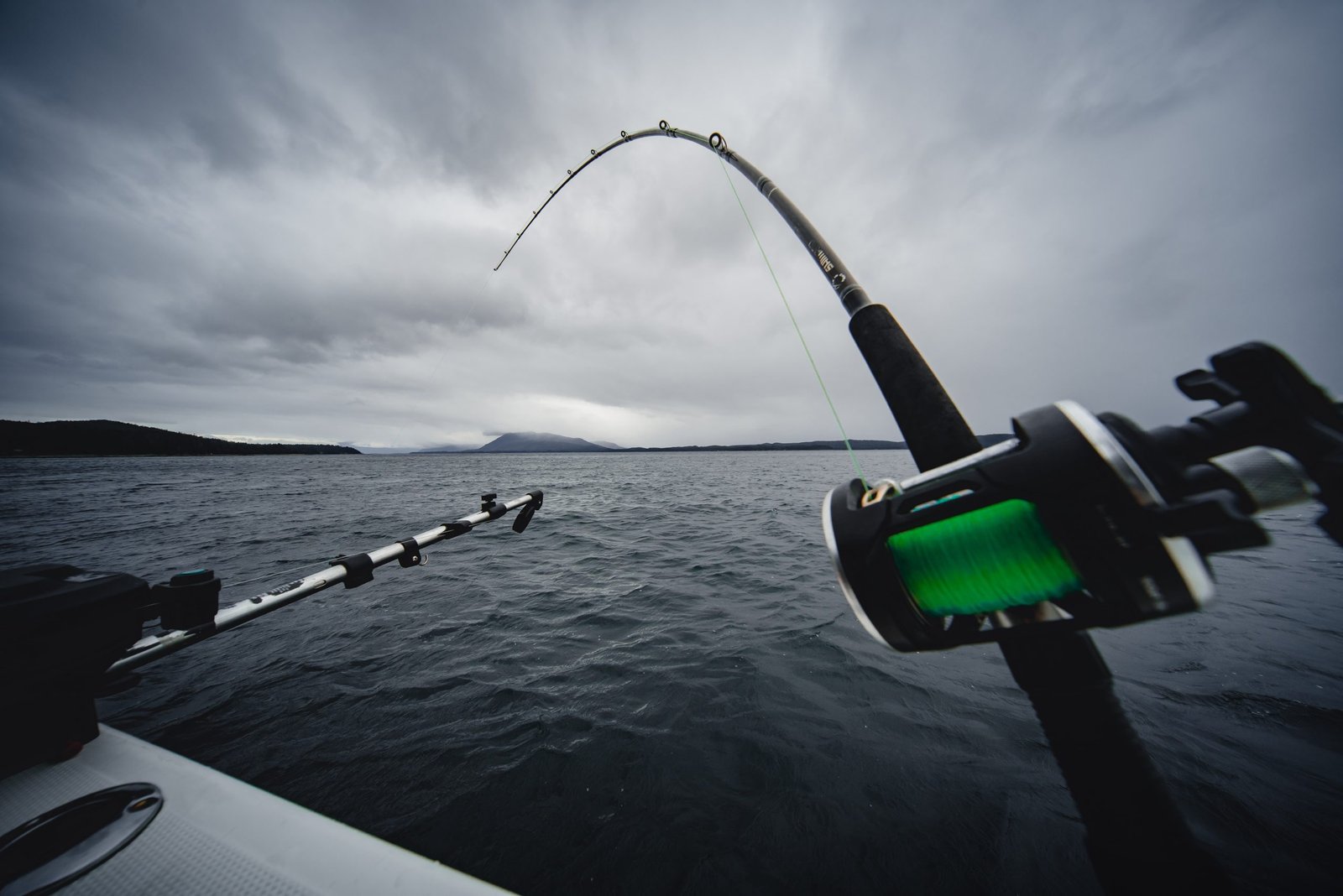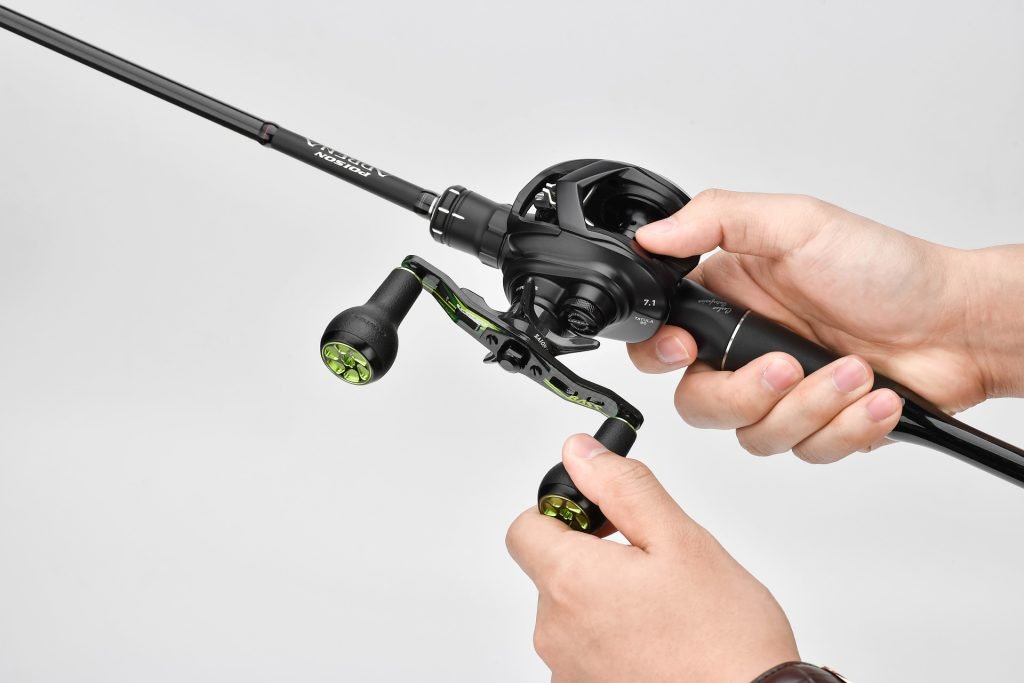
When it comes to fishing rods, one of the most important factors to consider is the material it’s made from.
The material of the rod affects its sensitivity, weight, strength, and flexibility.
There are several materials commonly used to make fishing rods, each with its own advantages and disadvantages.
Fiberglass, graphite, and composite are the three main materials used to make fishing rods. Fiberglass rods are durable, affordable, and have a slower action, making them a good choice for beginners.
Graphite rods are known for their sensitivity and lightweight, making them a popular choice for experienced anglers.
Composite rods combine the best of both worlds, offering the sensitivity of graphite and the durability of fiberglass. Each material has its own unique characteristics, and the best material for you will depend on your individual needs and preferences.
So let’s take a deeper look into how these materials perform and which is the right one for you.
The Basics of Fishing Rod Materials
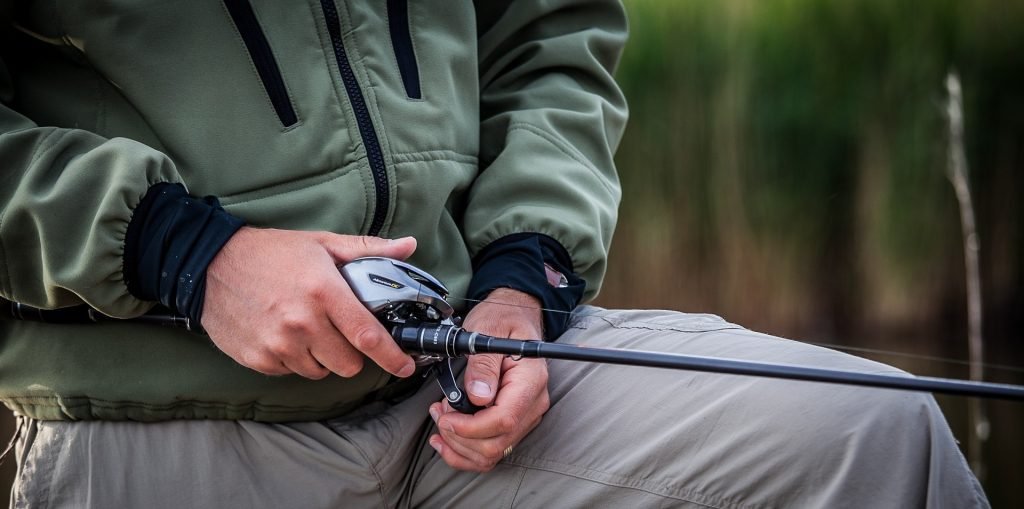
Here is a brief look into each material type:
Fiberglass
Fiberglass rods are known for their durability and strength, making them suitable for handling heavy loads and aggressive fish.
They are also less expensive compared to other materials.
However, they tend to be heavier and less sensitive than other materials. Fiberglass rods are ideal for beginners and those who fish in freshwater.
Graphite
Graphite is a popular material for fishing rods because it’s lightweight and sensitive.
It allows you to feel even the slightest bite, making it easier to catch fish.
Graphite rods are also strong and durable, making them suitable for use in saltwater fishing. However, they tend to be more expensive than fiberglass rods. They’re better for those who are unhandy or don’t have a proper place to store their rods.
Carbon Fiber
Carbon fiber is a relatively new material in the fishing rod industry, but it’s gaining popularity due to its strength and sensitivity.
It’s also lightweight, making it easier to cast.
These days carbon rods go for $30 and up, which makes it the best material at a more affordable price. But it highly depends on the type and quality of the blanks.
Bamboo
Bamboo is a natural material that has been used in fishing rods for centuries. Although it’s a rare material these days, I added it on the list for diversity and your own general knowledge.
It has a lot of flex, making it ideal for slow-action rods.
Bamboo rods have a classic look and feel, and they are often used for fly fishing. However, they tend to be heavier and less durable than other materials. They’re a good experience for any angler who wants to go back to the roots of this passion (if you can afford it).
Composites
Composites are a combination of two or more materials, such as fiberglass and graphite.
They offer the benefits of both materials and are often used in high-end fishing rods. Composites are lightweight, sensitive, and strong, making them suitable for all types of fishing.
That’s why the Fitzgerald All Purpose Composite Series is the best all-around rod, in my opinion.
Steel
Steel is a heavy material that is rarely used in fishing rods. However, it’s incredibly strong and durable, making it suitable for heavy-duty fishing.
Steel rods are often used for deep-sea fishing or fishing for large game fish.
Each material has its advantages and disadvantages, so it’s essential to consider your needs carefully.
Qualities of Fishing Rod Materials

When it comes to choosing the best fishing rod for your needs, it’s important to consider the qualities of the different materials available.
Here are some key factors to keep in mind when selecting a fishing rod material:
Weight and Balance
The weight and balance of your fishing rod can play a big role in your overall fishing experience.
Lighter rods are generally easier to handle and can be more comfortable to use for extended periods of time, while heavier rods may offer more power and control.
Carbon and composites excel here, being a good option for most freshwater applications.
Sensitivity and Action
The sensitivity and action of your fishing rod can impact your ability to feel bites and set the hook.
A more sensitive rod may be better suited for finesse techniques, while a rod with a faster action may be better for power techniques.
It’s important to consider your intended use and select a rod with the appropriate sensitivity and action.
Strength and Durability
The strength and durability of your fishing rod can impact its lifespan and ability to handle larger fish.
Some materials may be more brittle and prone to breaking, while others may be more durable and resistant to damage.
Fiberglass is is the winner here.
Flexibility and Stiffness
The flexibility and stiffness of your fishing rod can impact its ability to cast and fight fish.
A more flexible rod may be better suited for casting accuracy and playing fish, while a stiffer rod may be better for casting distance and hook-setting power.
It’s important to find a rod that balances flexibility and stiffness to suit your individual needs.
I would say graphite is the stiffest out of all.
In the end, you don’t need to evaluate each type of material every time you buy a rod. You should pay more attention to the action and power it has, the rod’s description and ultimately reviews. When not sponsored, they offer the rawest view on that specific rod.
Hope you learned at least a little something from here and until the next one, tight lines!
Frequently Asked Questions
What are the advantages of using a graphite composite fishing rod?
Graphite composite fishing rods are lightweight, sensitive, and durable. They offer excellent sensitivity, allowing you to feel even the slightest nibble on your bait. They are also strong and can withstand a lot of pressure. Graphite composite rods are a popular choice among anglers because they offer a good balance of sensitivity and strength.
Are fiberglass fishing rods still a good option for modern fishing?
Fiberglass fishing rods are still a good option for modern fishing. They are durable, flexible, and affordable. They are also heavier than graphite and composite rods, which can make them more difficult to handle for some anglers. However, they are still a popular choice for anglers who want a rod that can handle heavy fish and rough conditions.
What makes carbon fiber fishing rods a popular choice?
Carbon fiber fishing rods are popular because they are lightweight, strong, and sensitive. They offer excellent sensitivity, allowing you to feel even the slightest nibble on your bait. They are also strong and can withstand a lot of pressure. Carbon fiber rods are a popular choice among anglers who want a rod that is both sensitive and strong.
How do titanium fishing rods compare to other materials?
Titanium fishing rods are lightweight, strong, and durable. They are also more expensive than other materials. Titanium rods are a popular choice among anglers who want a rod that is both lightweight and strong. They are also corrosion-resistant, which makes them ideal for saltwater fishing.
What are the benefits of using a bamboo fishing rod?
Bamboo fishing rods are flexible, lightweight, and affordable. They are also environmentally friendly, as bamboo is a renewable resource. Bamboo rods are a popular choice among anglers who want a traditional, classic look and feel.
What are the differences between high-quality fishing rods made of aluminum and graphite?
High-quality fishing rods made of aluminum and graphite have different properties. Aluminum rods are heavier and more durable than graphite rods. They are also less sensitive, which can make it more difficult to feel a bite. Graphite rods, on the other hand, are lightweight and sensitive. They are also more brittle than aluminum rods, which can make them more prone to breaking. Ultimately, the choice between aluminum and graphite rods comes down to personal preference and the type of fishing you plan to do.
As an Amazon Associates member, I might earn a commission when you buy through the links on this page, at no additional cost to you. Thanks for helping me do what I like.

